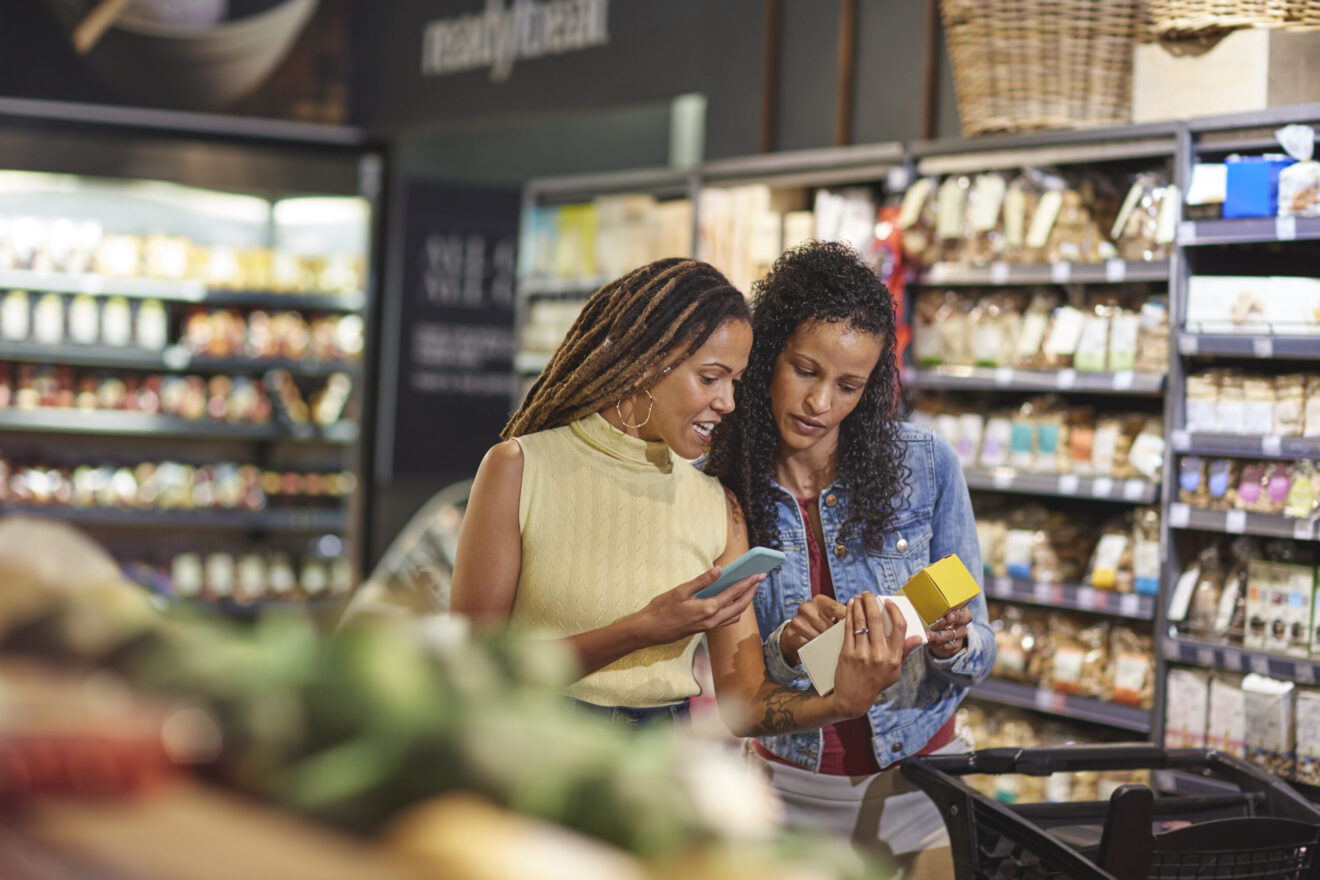As inflation and other budget restrictions have become a major concern for consumers, food retailers and consumer packaged goods manufacturers have needed to focus on how brand loyalty has evolved. While these economic pressures have given the impression that loyalty is on the decline, retail data firm 84.51° has found that this is actually not the case. Instead, the Kroger subsidiary’s research has determined that the idea of loyalty has shifted and is even on the rise.
“In customers’ minds, loyalty no longer means that they are exclusive to one brand or retailer,” explained Becky Eldredge, vice president of commercial loyalty.
How has consumer loyalty changed?
The research from 84.51° found that more shoppers characterized loyalty as “brands and retailers that they buy and shop most often” compared to “a brand that they only ever buy” or “shopping at only one retailer for all their grocery and household needs.” This change in definition is attributed to three factors: changing budget needs, consumers becoming more used to buying from many different groceries during the coronavirus pandemic and omnichannel shopping habits. All of these behavior shifts have caused consumers to often switch between brands and retailers due to both necessity and convenience. While inflationary pressures are subject to change, the latter two factors are likely enduring trends that the category must prioritize.
While inflation remains a decision driver for shoppers, many are turning to private-label grocery brands. An 84.51° study reports that 53% of households are replacing their purchases with lower-price products. This cutting back is a driving force behind more consumers choosing a retail store’s in-house brand. Private-label items are appealing to shoppers when they prove to have as high of quality as national brands as well as a variety of offerings and sizes. These attributes can capture customer loyalty by providing value for the price as well as brand trust.
“What is important is that brands – CPG brands or private label – are fulfilling the needs of their ever-changing customer,” added Eldredge. “Seek out customer feedback on new product attributes, leverage claims testing or product usage testing to ensure product performance is meeting expectations.”
As CPG brands and retailers meet the needs of omnichannel shopping, digital experiences allow users to shop more often and choose different brands with a simple click of a button. However, they also offer more opportunities to directly engage with customers and build loyalty.
“Today, customer expectations continue to rise,” shared Eldredge. “Customers expect a consistent experience across multiple channels (coupons, prices, quality of products, and brands offered), options that meet their preferences, to be recognized as loyal customers, and for brands to value their time.”
How are brands retaining their customers?
While many consumers are already familiar with retailer loyalty programs, only roughly 7% of online shoppers in the US have joined a CPG loyalty program, according to Mary Pilecki, an analyst at research and advisory firm Forrester. In recent years, several CPG brands have introduced their own loyalty programs in an effort to focus on maintaining connections with their customers.
General Mills launched its Good Rewards program in partnership with digital rewards app Fetch. The initiative proved to be successful for the company with KC Glaser, General Mills’ senior manager of loyalty and rewards, sharing with Modern Retail that the program “has exceeded expectations” in terms of user acquisition, buyer engagement and total numbers of General Mills brands purchased.
“By offering consumer-centric solutions, we are not only educating the consumer on the power of our portfolio, but we’re also encouraging behavior change and that loyalty, we believe, will translate to higher lifetime value and spend on General Mills products,” Glaser told SmartBrief last year.
Kroger is also prioritizing loyalty through its use of personalized messaging. Eldredge shared that 58% of shoppers are likely to purchase a certain brand or shop at a specific retailer if they receive this type of content.
“One example of how Kroger has proven this is with its Best Customer Communication (BCC) program, a two-decade-long loyalty program that rewards its best customers with savings on brands that they buy most often,” she added. “This has resulted in incremental sales and trips on brands that customers love at Kroger.”
The BCC program delivers an average of of $4.00 for each dollar invested while preserving brand retention, allowing consistent engagement and identifying unmet needs. The personalization data from the program allows Kroger to connect with shoppers in digital channels if they frequently buy groceries online and direct mail if a customer makes in-person purchases more often.
“Brands and retailers that deeply understand their customers’ wants and needs and evolve and deliver them over time will stand out above the others,” said Eldredge. “Personalization can drive that relevancy across the path to purchase for retailers and retain customers buying brands that they love.”
Recent related stories:
- How will AI transform the food industry?
- What generation shifts mean for predicting food trends
- FMI leader lays out 6 imperatives facing the food industry today
_____________________________________
If you liked this article, sign up for SmartBrief’s free email newsletter from the Food Industry Association. It’s among SmartBrief’s more than 250 industry-focused newsletters.
